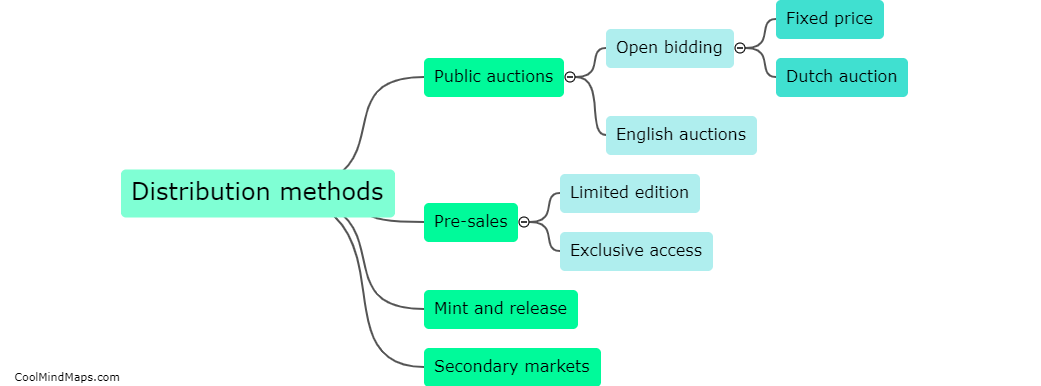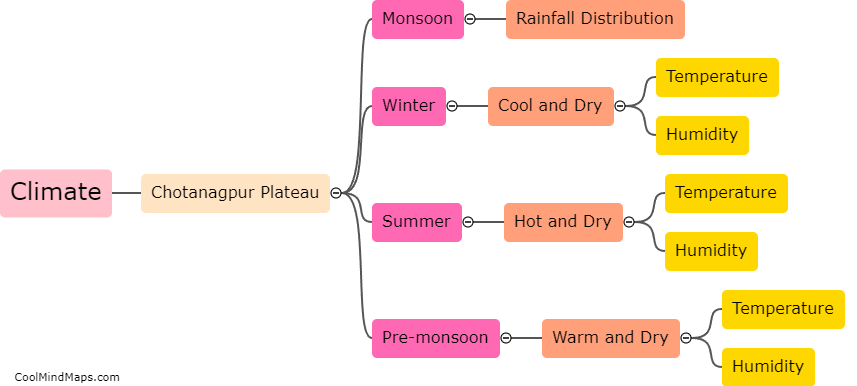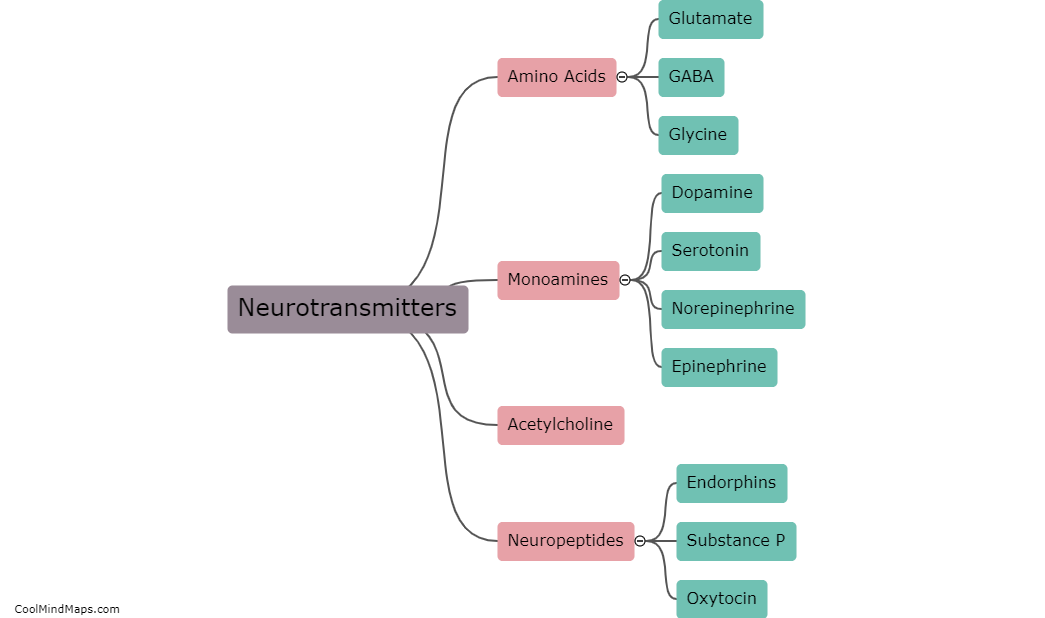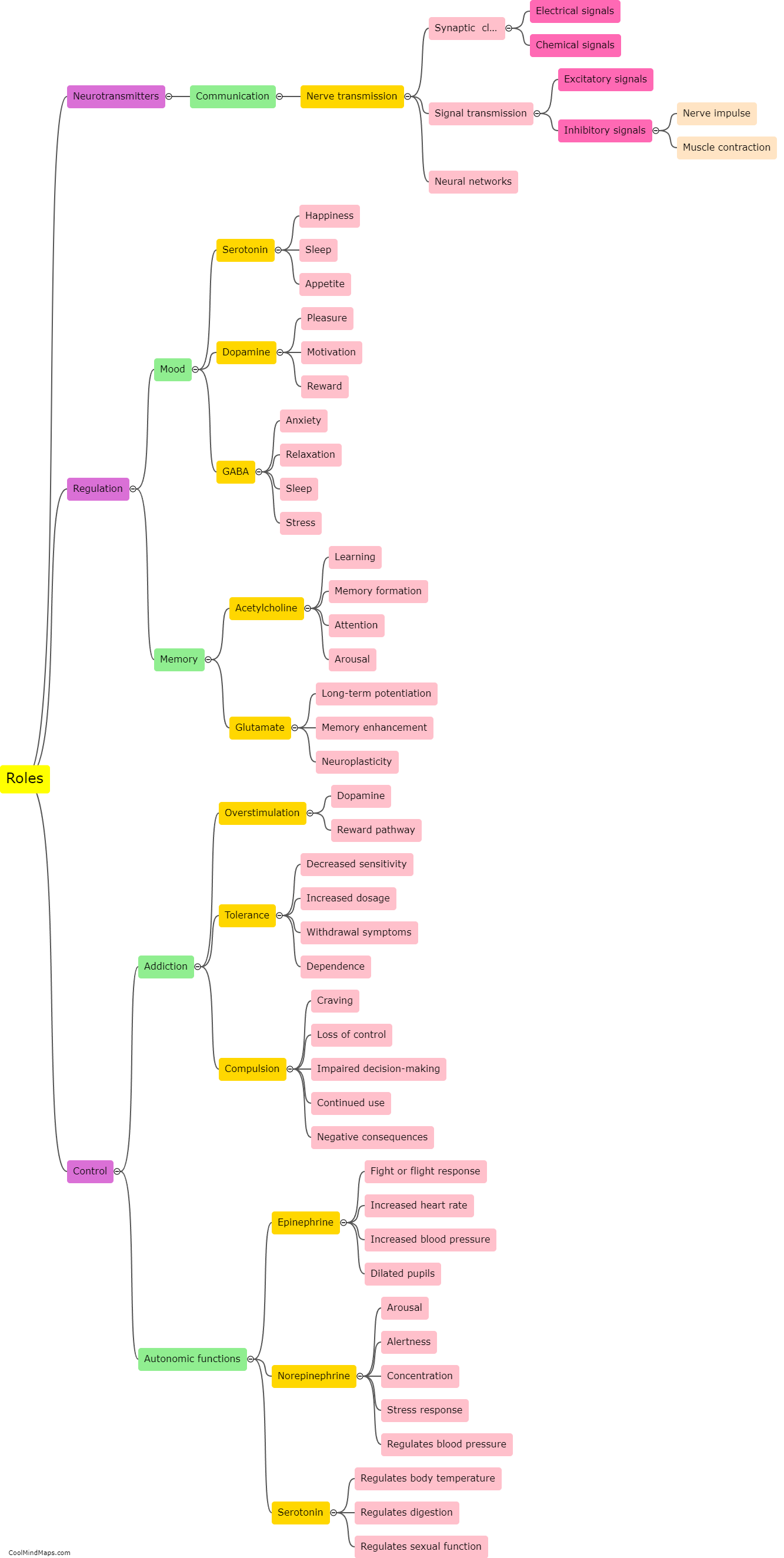What are the different types of editing techniques used in filmmaking style?
In the world of filmmaking, there are various editing techniques employed to craft compelling stories and enhance the impact of visuals and performances. One of the most common methods is continuity editing, which ensures smooth and seamless transitions between shots to maintain a coherent narrative flow. Jump cuts, on the other hand, create a deliberate disruption in the timeline, often used to convey the passage of time or to add an element of surprise. Montage editing involves the rapid juxtaposition of images to evoke emotions or compress time. Cross-cutting, also known as parallel editing, intercuts between two or more separate events happening simultaneously to build tension or create connections. Match cut editing utilizes visual or conceptual similarities between shots to create a seamless transition and draw connections between scenes. Other techniques include cutaways, where a shot is inserted briefly to provide additional context, and rhythm editing, which focuses on the pacing and timing of shots to create a dynamic and engaging viewer experience. Ultimately, the choice of editing techniques depends on the desired effect and the filmmaker's creative vision.

This mind map was published on 20 December 2023 and has been viewed 83 times.











